One of the many Uncle Tom’s Cabin–themed bits of culture that made their way onto the market after the book’s publication in March 1852, this card game, sold that same year in Providence, Rhode Island, shows how the audience that read Harriet Beecher Stowe’s superpopular book adapted its fictional world for its own purposes.
“Uncle Tom’s Cabin generated more tie-ins than any other pre-twentieth-century book,” historian Louise L. Stevenson writes in a survey of the many Uncle Tom–related materials produced in the 19th and early 20th centuries. Before the 20th century, a book’s intellectual property was fair game to any manufacturer that saw promise in it. “Neither Stowe nor her publisher … benefited from the proliferation in Europe and the United States of Uncle Tom’s Cabin products,” Stevenson writes. (See images of some of those tie-ins—needlework patterns, candlesticks, vases, dishes, and statues—in this online exhibit.)
This game’s rules call on players to complete “families” of four character cards and eventually to accumulate three cards to win: the protagonist, Uncle Tom; the saintly Little Eva; and the card marked “Justice.” The game design seems to offer a commentary on the book’s major theme: how slavery threatened and ruined family life. Yet some of the “families” of characters lumped together here barely make sense: Cassy, enslaved by the evil Simon Legree, is in his “family,” along with a slavecatcher and a slave trader; likewise, Sam, who’s enslaved by the Shelbys, is part of their “family” suite.
This confusion reflects the hasty nature of the game’s manufacture, but it also illustrates the way that some (white, Northern) readers of Uncle Tom’s Cabin seem to have received the book—more as a colorful narrative than a call to action.

Harris Collection of American Poetry and Plays, Brown University Library Special Collections, Brown University

Harris Collection of American Poetry and Plays, Brown University Library Special Collections, Brown University
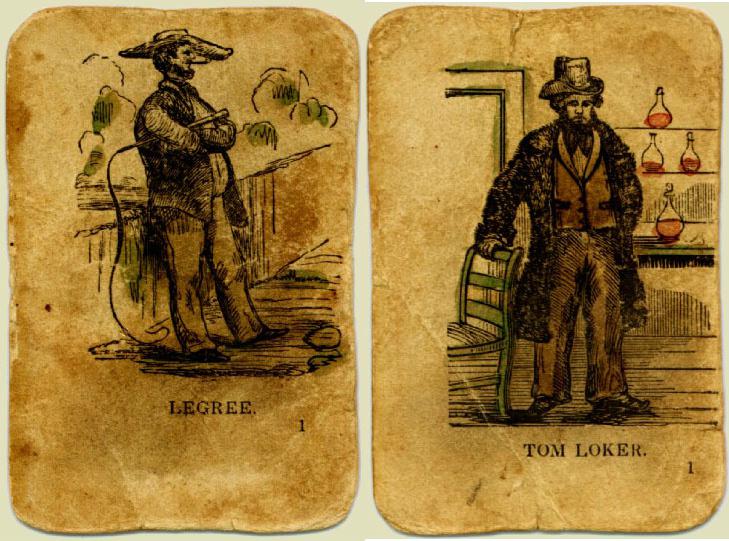
Harris Collection of American Poetry and Plays, Brown University Library Special Collections, Brown University
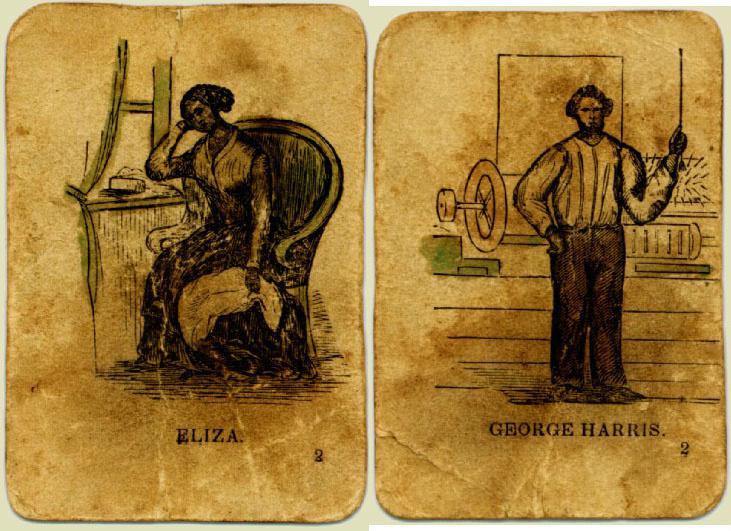
Harris Collection of American Poetry and Plays, Brown University Library Special Collections, Brown University

Harris Collection of American Poetry and Plays, Brown University Library Special Collections, Brown University
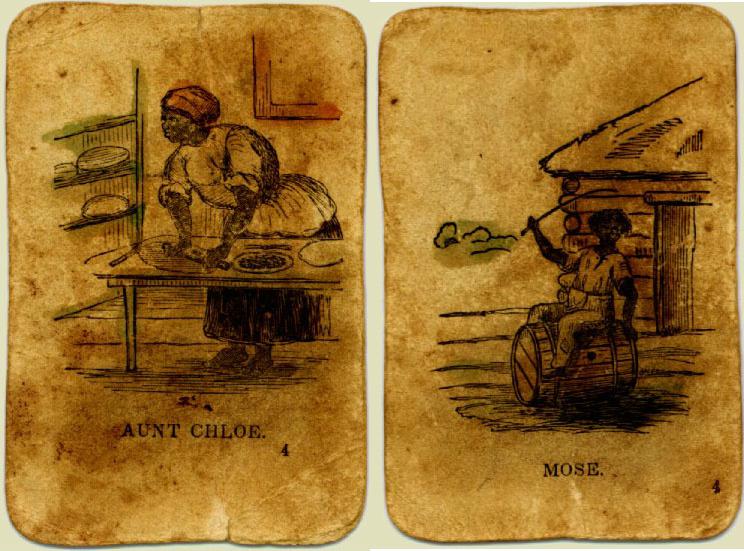
Harris Collection of American Poetry and Plays, Brown University Library Special Collections, Brown University
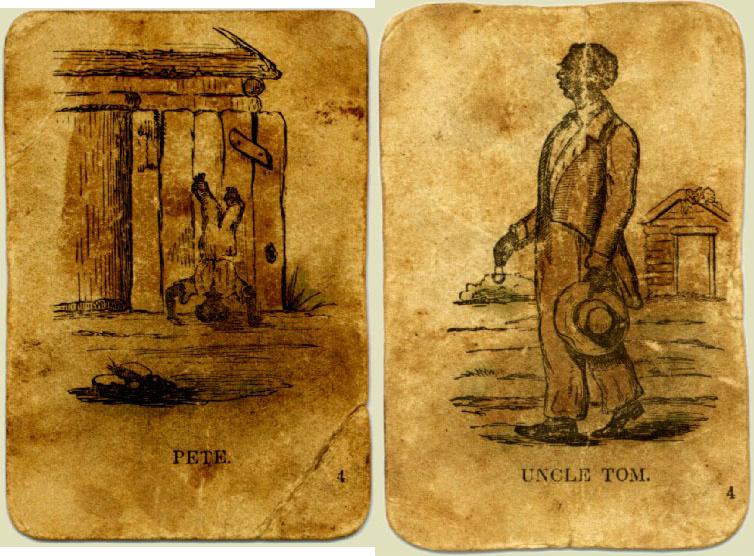
Harris Collection of American Poetry and Plays, Brown University Library Special Collections, Brown University

Harris Collection of American Poetry and Plays, Brown University Library Special Collections, Brown University
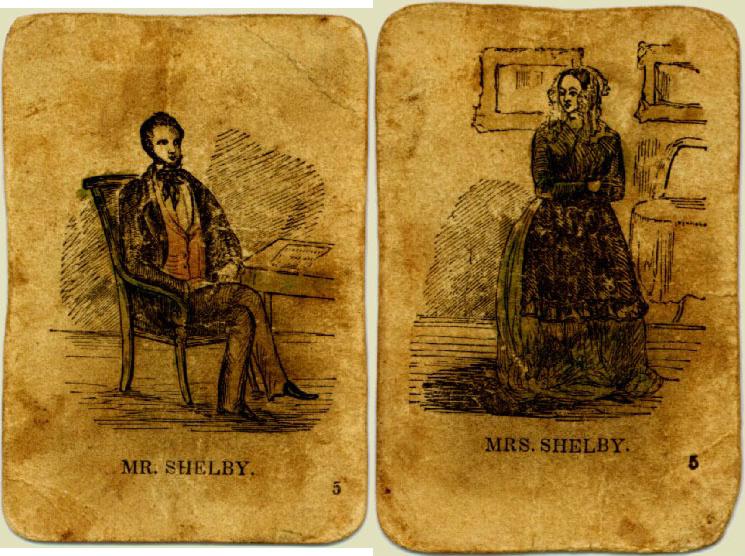
Harris Collection of American Poetry and Plays, Brown University Library Special Collections, Brown University